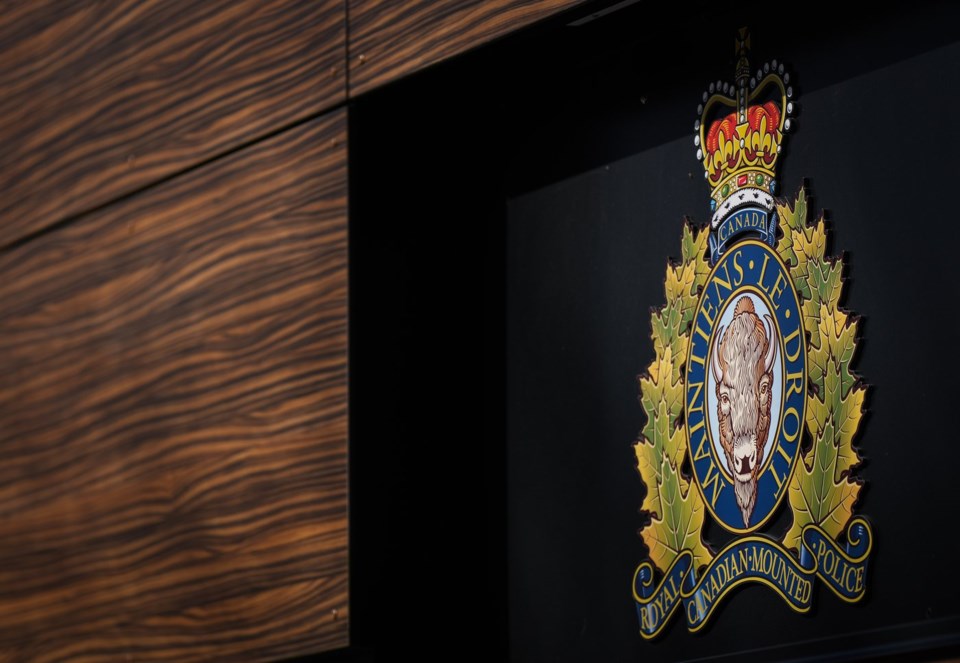EDMONTON — Alberta's police watchdog says officers acted reasonably in the fatal shooting of a man suspected of stealing a truck and killing his ex-girlfriend.
In a recent decision, the Alberta Serious Incident Response Team said Mounties were investigating an armed carjacking of a GMC pickup truck in Parkland County west of Edmonton on Aug. 13, 2021 and tracked a suspect to an oilfield site west of Rocky Mountain House.
ASIRT said the 39-year-old, who expressed to negotiators that he wanted to get into a shootout, exited an outbuilding while pointing a shotgun at officers, who then fired their weapons.
The agency's executive director, Michael Ewenson, said in the report that the man had texted a friend and admitted to killing his girlfriend in Edmonton and seriously injuring another man.
Ewenson said the suspect did not comply with police and the threat of death or grievous bodily harm was reason enough for officers to shoot.
"Under the circumstances … no other less lethal use of force options were reasonably available for attempted use,” he wrote. "The use by the subject officers of their firearms … was reasonably necessary."
ASIRT investigators looked at information from witnesses, police and the suspect's text messages.
Ewenson said the man had called his sister earlier that day, telling her his car was on fire and that he had stolen someone else's vehicle. The suspect said police were after him and he told her goodbye.
As police investigated, they learned the suspect had also killed his ex-girlfriend and shot another man. The next morning, the suspect contacted RCMP and told them he had firearms. He also claimed to have a hostage.
Surrounded by police at the oilfield site, the man called and texted a friend to talk about the carjacking, the killing of the ex-girlfriend and his attempt to kill another man.
"I'm not going to take my own life, the cops are going to kill me," ASIRT said the suspect told the friend.
A negotiator was brought in to persuade the man to surrender.
“I’d like to help you get out of this,” the negotiator told the man.
“You can’t,” he answered. “Let’s see who does better, me or Crazy Jimmy.”
Ewenson said a Google search showed "Crazy Jimmy" was a reference to a police chase and shootout in Edmonton years earlier that left a gang leader dead.
The man fired two shots while inside the building but said the first one was accidental.
"He said 'goodbye' before firing the second round, apparently faking his death, in an apparent attempt to bait police into coming inside," Ewenson wrote.
Investigators used equipment that showed the suspect hiding behind a water tank inside the building, with a shotgun pointed at the door.
After police sprayed irritant gas inside the building, the man told the negotiator that he was "coming out blazing." He was armed with a 12-gauge pump-action shotgun and officers told him to drop it.
The man was first shot with a “non-lethal projectile weapon,” causing him to stumble. After the man pointed his gun at police, an officer fired a round from a carbine rifle.
He was shot four times, Ewenson said.
An autopsy showed cannabis, trace amounts of ethanol and fentanyl, and a significant amount of cocaine in the man's blood at the time.
Ewenson said officers can use as much force as necessary, if they suspect they could be killed or seriously injured. Officers were defending themselves and were “lawfully placed.”
"There is no evidence to support any belief that any officer engaged in any unlawful or unreasonable conduct that would give rise to an offence,” he said.
This report by The Canadian Press was first published Jan. 2, 2025.
Aaron Sousa, The Canadian Press


